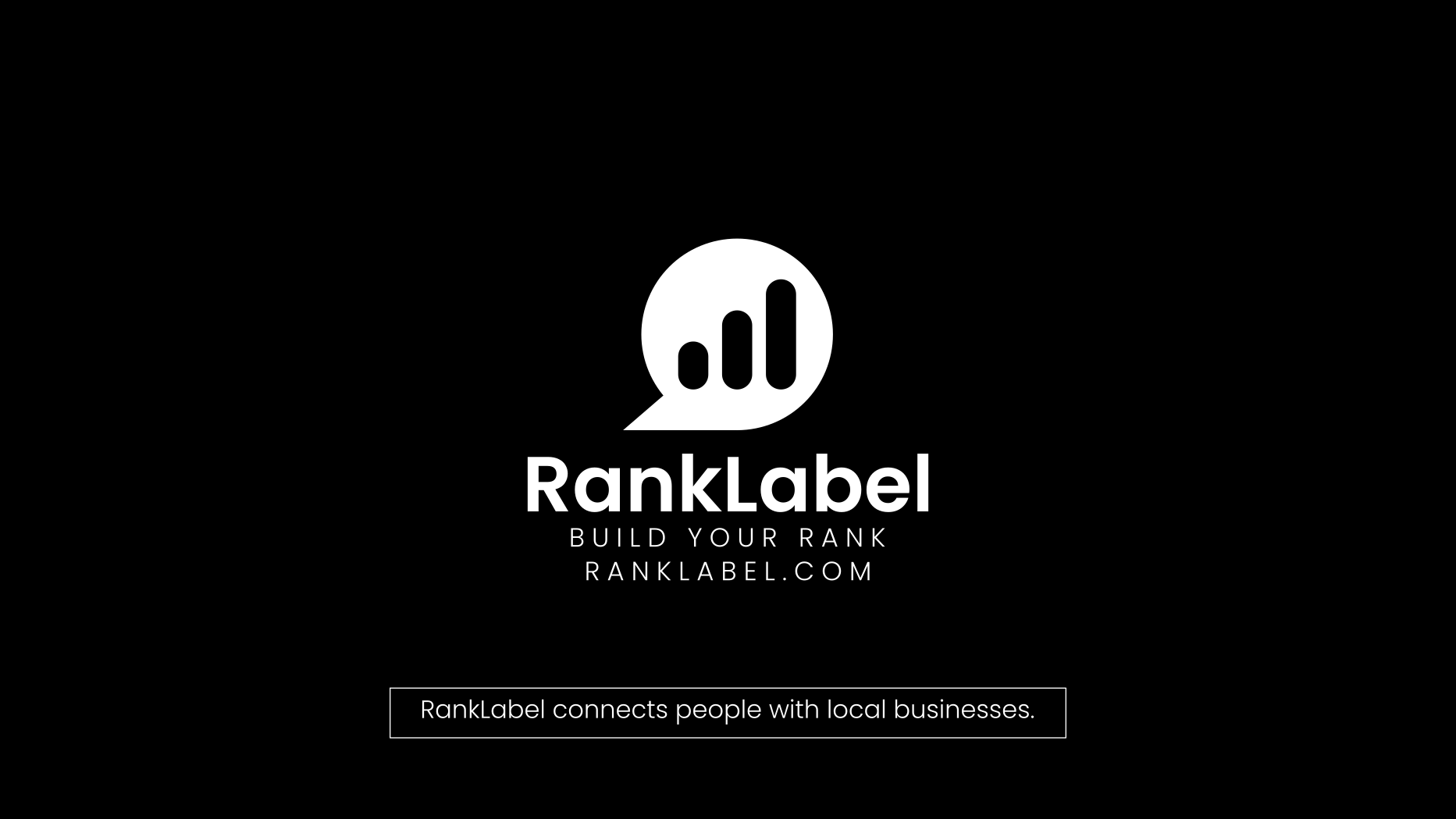Revolutionizing Exhibitions with 3D Printing: Engage Audiences Like Never Before

The art of exhibition and display is undergoing a rapid transformation, thanks to the integration of advanced technologies like 3D printing. This innovative approach not only enhances visual engagement but also offers practical benefits such as cost-effectiveness and speed. Particularly, 3D printing for exhibitions, on-site 3D printing services, and quick turnaround 3D printing capabilities are changing how organizers and artists conceive and execute their displays. In this post, we'll explore how these technologies are being used to create stunning 3D printed sculptures and other exhibition elements, making every show a unique experience.
The Role of 3D Printing in Modern Exhibitions
3D printing, or additive manufacturing, has carved a niche in various industries, including healthcare, automotive, and fashion. However, its impact on the exhibition sector is particularly noteworthy. With the ability to quickly produce customized, complex structures at a lower cost, 3D printing is becoming an indispensable tool for exhibition designers and artists.
- Customization: Each piece can be tailored to fit the specific theme or concept of an exhibition, allowing for a more cohesive and immersive experience.
- Speed: Quick turnaround times for 3D printing enable exhibitors to react promptly to trends and audience feedback, adapting their displays in real-time.
- Cost-Effectiveness: Reducing material waste and the ability to produce structures on-demand cuts down overall production costs.
- Innovation: Offers the capacity to experiment with complex designs that would be difficult or impossible to achieve with traditional manufacturing methods.
On-site 3D Printing Services: A Game Changer for Exhibitions
One of the most significant advancements in exhibition technology is the adoption of on-site 3D printing services. This service model brings the printer directly to the event, allowing for instant creation and modification of pieces based on immediate needs or audience input. The advantages of on-site 3D printing are numerous:
- Dynamic Content Adaptation: As the exhibition progresses, feedback can be directly used to modify existing displays or create new features that resonate better with the audience.
- Reduced Logistics and Transport Costs: Printing on-site eliminates the need for transporting large and delicate items, thereby reducing potential damage and logistics costs.
- Enhanced Visitor Engagement: Watching a 3D printer in action can be a spectacle itself, serving as both an educational tool and a point of interest for attendees.
On-site 3D printing not only enhances the flexibility and dynamism of exhibitions but also significantly enriches the visitor experience, making exhibits more interactive and engaging.
Quick Turnaround 3D Printing: Meeting the Pace of Creativity
In the world of exhibitions, where trends can change in a blink of an eye, the ability to quickly produce new concepts is invaluable. Quick turnaround 3D printing services have emerged as a vital solution for exhibition makers who need to keep pace with the rapid evolution of audience expectations and industry trends. This aspect of 3D printing allows for:
- Efficient Prototyping: Rapid production of models to test and refine ideas before final production.
- Adaptation to Trends: Ability to quickly create pieces that align with current trends, keeping the exhibition relevant and engaging.
- Meeting Tight Deadlines: Essential for exhibitions with a fixed opening date, ensuring that all elements are ready and perfected in time.
As exhibitions continue to evolve, the need for speed in conception and execution remains a top priority. Quick turnaround 3D printing effectively addresses this need, empowering creators to bring their visions to life swiftly and efficiently.
3D Printed Sculptures: Combining Art and Technology
The intersection of art and technology finds its expression in 3D printed sculptures, which have become a staple in modern exhibitions. These sculptures can vary from intricate small-scale models to monumental installations, offering unprecedented levels of detail and complexity. The benefits of 3D printed sculptures include:
- Complex Geometries: Ability to create detailed and complex designs that are not feasible with traditional sculpting methods.
- Material Diversity: A wide range of materials can be used, including plastics, resins, metals, and more, each adding a unique texture and strength to the sculpture.
- Sustainability: Many 3D printers use eco-friendly materials, contributing to more sustainable production practices.
These sculptures not only challenge traditional artistic techniques but also provide a new medium through which artists can explore and express their creativity.
Conclusion: The Future of Exhibitions with 3D Printing
The integration of 3D printing into the exhibition sector marks a significant shift towards more dynamic, customizable, and interactive displays. From on-site printing services providing the agility needed in fast-paced environments, to the creation of complex sculptures that push the boundaries of form and function, 3D printing is undoubtedly shaping the future of exhibitions. As technology progresses, we can only expect its role in arts and culture to grow, further blurring the lines between creativity and technological innovation.











